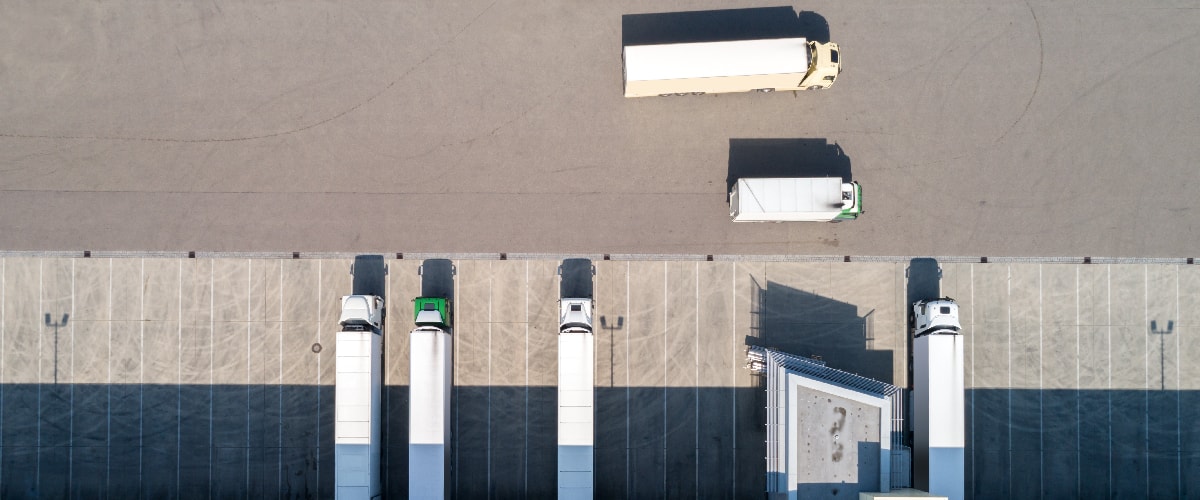 Web Content Viewer
Web Content Viewer
Technologies that are set to transform the supply chain in 2020

There is no doubt that the supply chain is growing at a rapid pace, with heightened customer demand impacting global fulfillment speeds and shortening shipment deadlines. In fact, two of the top challenges for manufacturers in 2020 will be the lack of supply chain collaboration and need for better supply chain visibility.
Given these challenges, operations in the distribution industry are becoming more complex - making it difficult for companies to keep up. However, emerging technologies that spent 2019 proving themselves are now ready to take center stage in 2020. Technologies such as IoT and blockchain will create new opportunities for companies to enhance supply chain operations. In order to revamp operations as well as gain full visibility into the supply chain, companies must stay up-to-date with how these technologies can help streamline processes and create efficiencies.
Considering the increasingly complex nature of the supply chain, it is beneficial for companies to implement IoT to manage data pertaining to supply chain visibility. IoT devices allow business to achieve optimal data collection. Proper data storage and accessibility is a tremendous help when ensuring shipments are tracked accurately with IoT and remain compliant to regulations - another growing concern in the distribution industry. In addition, using a centralized database system, IoT devices and warehouse management tools can leverage important product data and track fulfillments, verification, and movements of product throughout the supply chain.
Alternatively, blockchain is becoming more relevant in the supply chain. In addition to providing increased transparency through intricate time tracking and securing transactions, blockchain also assists in proper data management - building efficiencies in future operations. Blockchain can also help distributors maintain customer trust and eliminate unsustainable practices from the supply chain. Distributors can turn to blockchain to track goods, accurately capture cost, and provide transparency about its suppliers. Thus, creating a holistic view of how their products were raised and farmed and help accurately track them in the supply chain. Along with enhancing time management in warehouses, IoT and blockchain can also help to prevent recalls and unsafe business practices – potentially saving money that is often spent fixing problems or having to dispose of dead material.
As these trends become a large part of supply chain operations in 2020, daily processes will begin to move more smoothly and allow companies to focus on more pressing tasks. In today’s connected world, consumers are more knowledgeable about what they’re consuming and buying on a daily basis. This requires increased accountability on supply chain decision-makers for tracking product information. With technology, tracking capabilities and transparency into the entire supply chain has become possible, and we’ll see more and more brands taking advantage.
Kevin Beasley
Chief Information Officer
Chief Information Officer
Comments
By using this site you agree to our Privacy Policy and our Terms of Use.
Navigation
What We Offer
120 Comac Street
Ronkonkoma, NY 11779
Ronkonkoma, NY 11779
VAI - Vormittag Associates, Inc. ©2024 |
Privacy Policy |
Terms Of Use